Here’s where new acres could be open to sportsmen and women by fall 2020
This week, the Department of the Interior announced its latest proposal for expanding hunting and fishing access on National Wildlife Refuges and National Fish Hatcheries, which the department says would represent the single largest boost to access on U.S. Fish and Wildlife Service lands in the agency’s history.
In a move that would benefit sportsmen and women in 46 states, DOI Secretary David Bernhardt has proposed enhancing recreation opportunities across more than 2.3 million acres at 97 national wildlife refuges and 9 national fish hatcheries. This is in addition to the 1.4 million acres of expanded access established last fall at 77 refuges and 15 hatcheries (including these eight hot spots.)
By our count, if the current proposal is finalized, 74 public lands would provide expanded seasons, clearer regulations, and opportunities to pursue additional species on areas already open to hunting and sportfishing. But the biggest gains are where additional acres would be opened up to hunting and/or fishing for the very first time.
Here’s where you could be exploring new terrain by this fall.
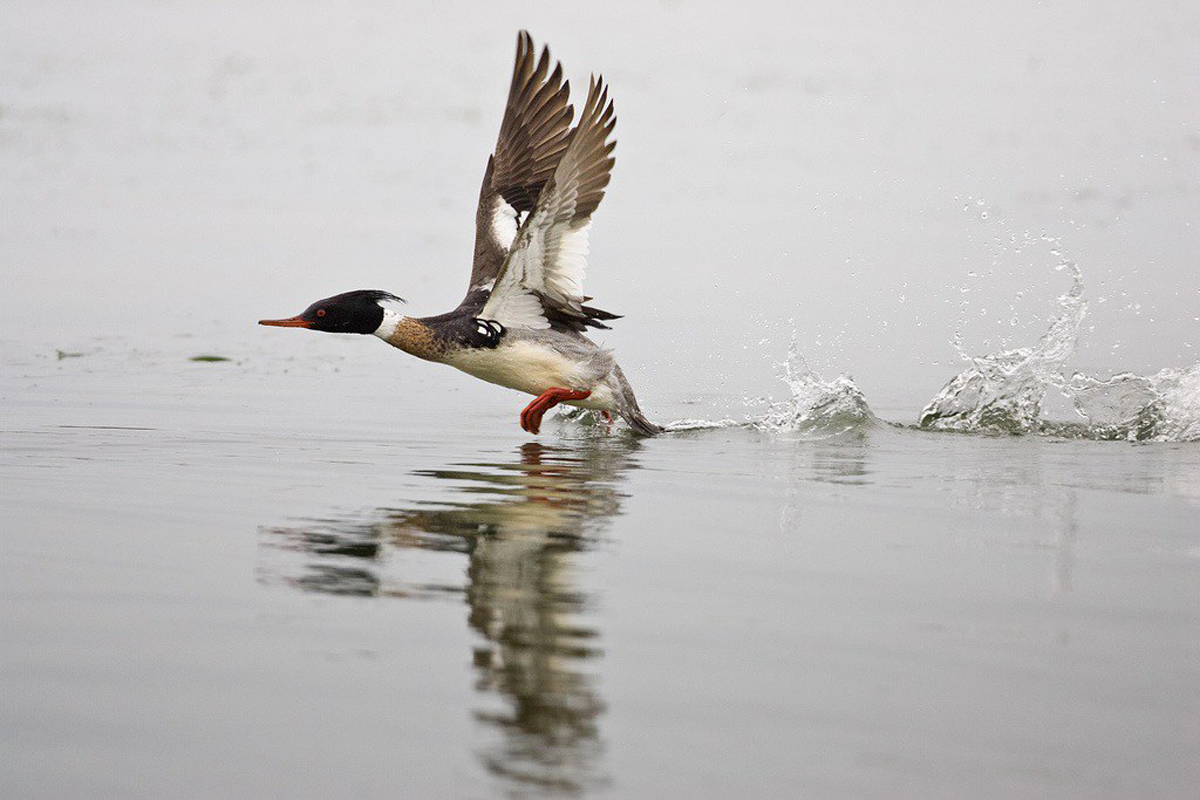
The West
Under the plan, San Diego Bay National Wildlife Refuge would be open to sportfishing for the first time. There are no specific details on where fishing would be allowed, but restored tidal flats and salt marshes have improved fish habitat. And California’s pheasant hunters could see a longer season at San Luis National Wildlife Refuge.
Idaho’s Kootenai National Wildlife Refuge would expand its sportfishing areas, and on the opposite end of the state, Minidoka National Wildlife Refuge could expand its offerings for deer, bobcats, migratory birds, and upland game. Minidoka has also proposed extending its elk hunting area south of Lake Walcott to more than triple the acreage. Heading toward the border with Oregon, more sportfishing would be available at Deer Flat National Wildlife Refuge.
Montana already has an embarrassment of riches when it comes to hunting and fishing, but if Lee Metcalf National Wildlife Refuge is close to home, you could have more acres for turkey and deer hunting or new sportfishing opportunities.
In Colorado, migratory bird and upland game hunting would be expanded to new acres at both Alamosa and Monte Vista National Wildlife Refuges—and you can get from one to the other in about 30 minutes if it seems like a bunch of trucks are parked when you arrive. Anglers would also find new access at Alamosa under the Secretary’s proposal.
Washington is perhaps the biggest winner in the West, with five fish hatcheries and two wildlife refuges poised to offer more access. Sportfishing would be open for the first time at Willard National Fish Hatchery and Abernathy Fish Technology Center. On the hunting side, sportsmen and women would see a major expansion for migratory bird and upland and big game hunting at Leavenworth, Little White Salmon, and Spring Creek national fish hatcheries. Blacktail, mule deer, elk, wild turkey, grouse, and bear hunting would be possible across these three public lands.
The Southwest
In Arizona, Leslie Canyon National Wildlife Refuge would be open to migratory bird, upland game, and big game hunting for the first time. Cibola National Wildlife Refuge would expand upland and big game hunting to new acres, while opening some dove hunting in its existing huntable areas. You could also get a new opportunity to chase muleys in the deep backcountry of Cabeza Prieta National Wildlife Refuge, where there is already a limited desert bighorn sheep hunt each December.
The only expansion for waterfowl hunters would be in New Mexico, on Bosque del Apache National Wildlife Refuge, where javelina and hog hunting would also be opened. Nevada’s Fallon National Wildlife Refuge would also be open to hunting for the very first time. Finally, everything’s bigger in Texas, and refuge access is no exception under this proposal: Get ready for four of these public lands to expand huntable acres for turkeys, deer, pheasants, javelina, hogs, and doves.
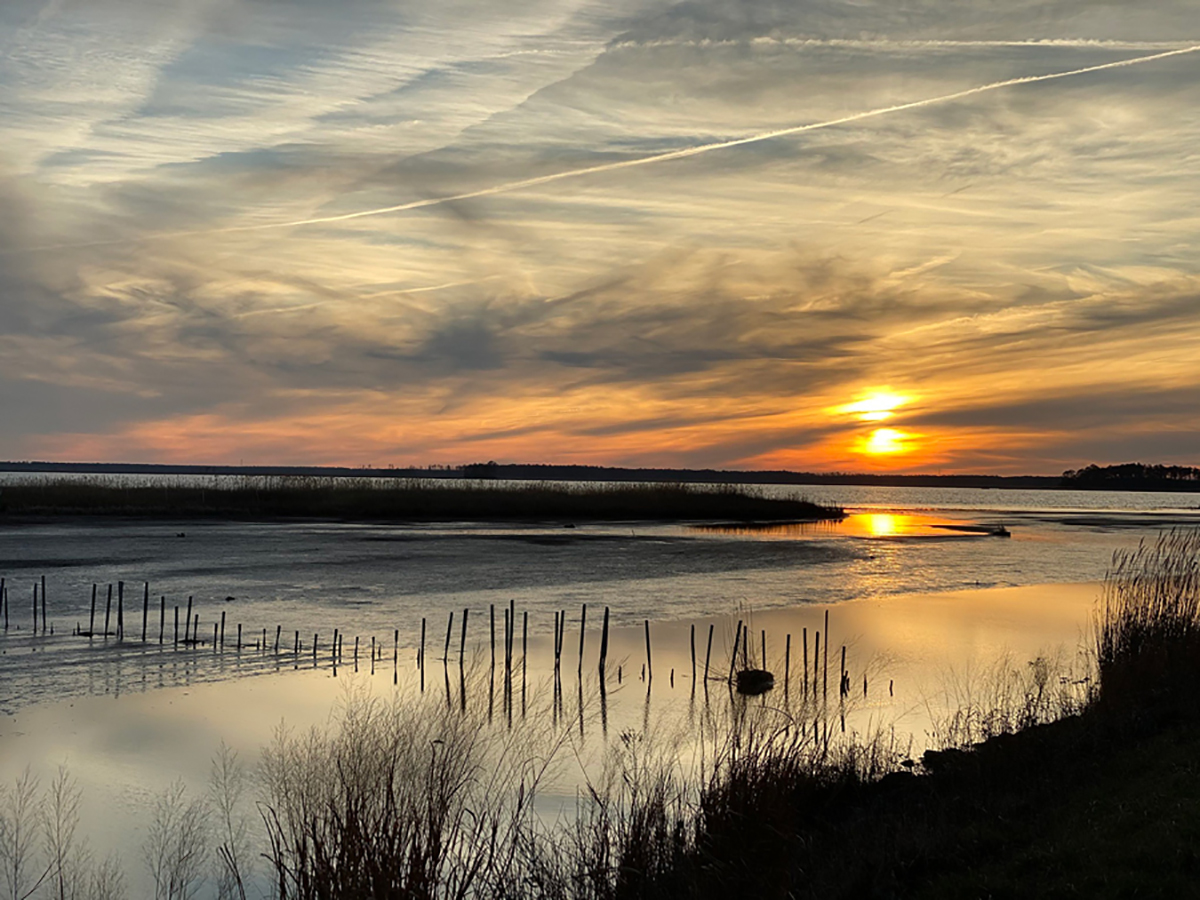
The Mid-Atlantic
New York could offer more deer hunting opportunities by fall, which is great news for a state with heavy hunting pressure on public lands. Maryland could see new opportunities to hunt deer and migratory birds at Blackwater Refuge, and sportfishing would be open for the first time at Delaware’s Bombay Hook National Wildlife Refuge. You sharpshooters who can tell a snipe from a woodcock would also get new acres to explore in Delaware. Finally, in Pennsylvania, Lamar National Fish Hatchery could open to sportfishing for the first time.
The Midwest
Illinois big game hunters would win new acres at Crab Orchard and Two Rivers refuges. Meanwhile, Great River National Wildlife Refuge could expand turkey season dates to further align with the rest of the state. Middle Mississippi River National Wildlife Refuge, with multiple tracts accessible from either Illinois or Missouri, would open hunting for the first time. And there’s something for everyone, including rail, snipe, woodcock, doves, coyotes, bobcats, pheasants, and raccoons.
Migratory bird hunting would be open for the first time at Indiana’s Muscatatuck National Wildlife Refuge, along with expanded opportunities for small game and turkeys. And new acres would be open to pheasant, upland, and big game hunters at Patoka River National Wildlife Refuge. Count anglers in for expanded access there, too.
Minnesota would get a little of everything in this expansion—on Rydell and Northern Tallgrass Prairie refuges—including duck, geese, coot, woodcock, dove, grouse, pheasant, and wild turkey hunting. And in Kansas, existing turkey hunting and sportfishing—for walleyes, largemouth bass, black crappie, and channel catfish—would expand to new acres at Kirwin National Wildlife Refuge. Existing deer hunting areas at Flint Hills refuge would be open to some small game, bobcat, and coyote hunting, while deer hunters would join pheasant, quail, and duck hunters for the first time at Quivira refuge.
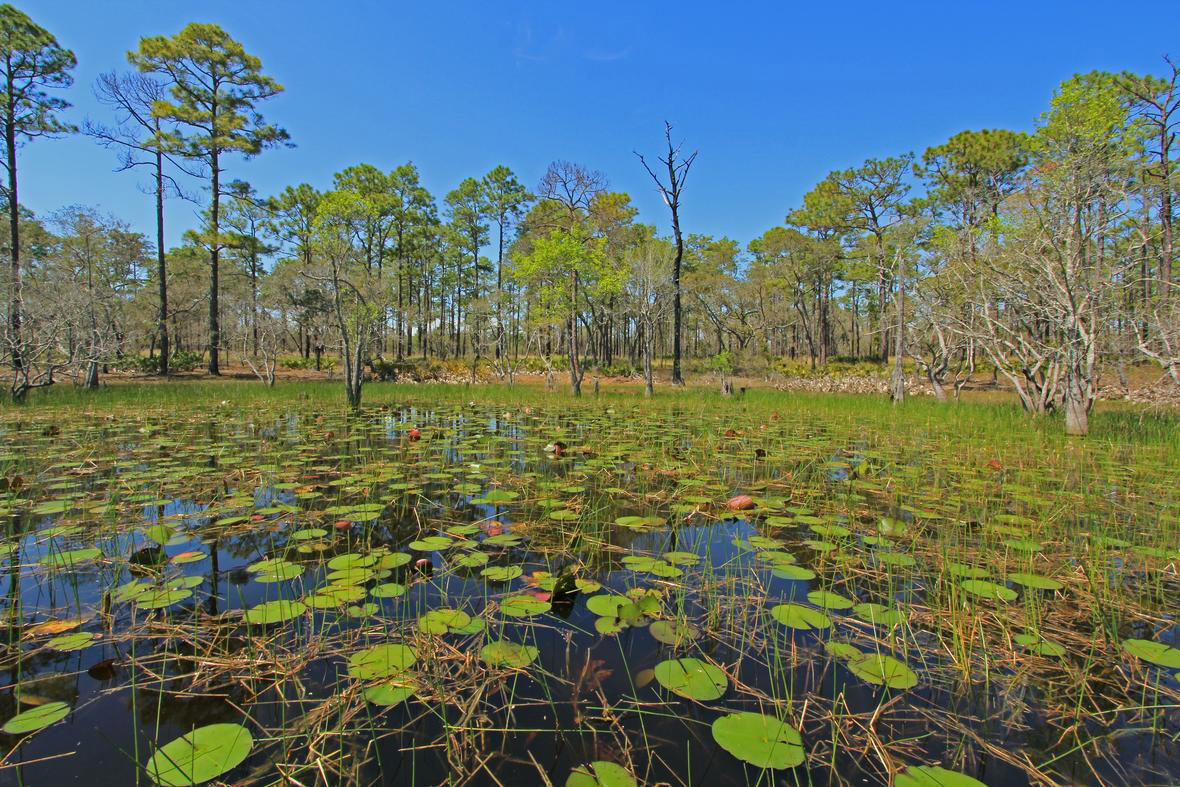
The Southeast
Florida is a big winner in this proposal: The Everglades Headwaters National Wildlife Refuge—not to be confused with Everglades National Park, which is three hours away—would be open to sportfishing and migratory bird, upland, and big game hunting for the first time, in alignment with all state regulations. Big game and upland hunters will also find new access at St. Marks National Wildlife Refuge. Deer and hog hunters would be welcome for the first time at Arthur R. Marshall Loxahatchee National Wildlife Refuge outside Boynton Beach.
Not too far up route 75 in Georgia, gator hunters could have their first season at Banks Lake National Wildlife Refuge. And adventurous hunters can potentially up their (small) game at Savannah National Wildlife Refuge, which could soon offer armadillo, beaver, opossum, and raccoon hunting on both sides of the Georgia-South Carolina border.
The Northeast
In Connecticut, deer and turkey hunters would be welcome in new and existing hunting areas at Stewart B. McKinney National Wildlife Refuge. Bonus acres would be open to bird hunters and goose hunters could get a longer season. Neighbor-to-the-north Vermont would get brand new fishing access at Dwight D. Eisenhower National Fish Hatchery.
The DOI proposal would be welcome news for saltwater and freshwater anglers in Maine and New Hampshire: Sportfishing would be expanded at Rachel Carson National Wildlife Refuge on the southern coast and opened for the first time on the lakes at Umbagog National Wildlife Refuge.
Sportsmen and women in Massachusetts are within driving distance of so many of these opportunities, but they stand to gain a lot at home, too. New acres would be open to duck, bear, coyote, migratory bird, upland game, wild turkey and big game hunting across three refuges—Assabet River, Oxbow, and Great Meadows. And sportfishing would be open for the first time at Berkshire National Fish Hatchery.
The full list of proposed refuges and hatcheries can be found here or find your state on this map.
Top photo of deer hunting on an Iowa refuge by USFWS Midwest Region via flickr.

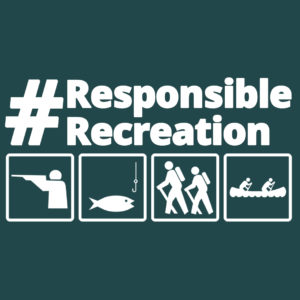
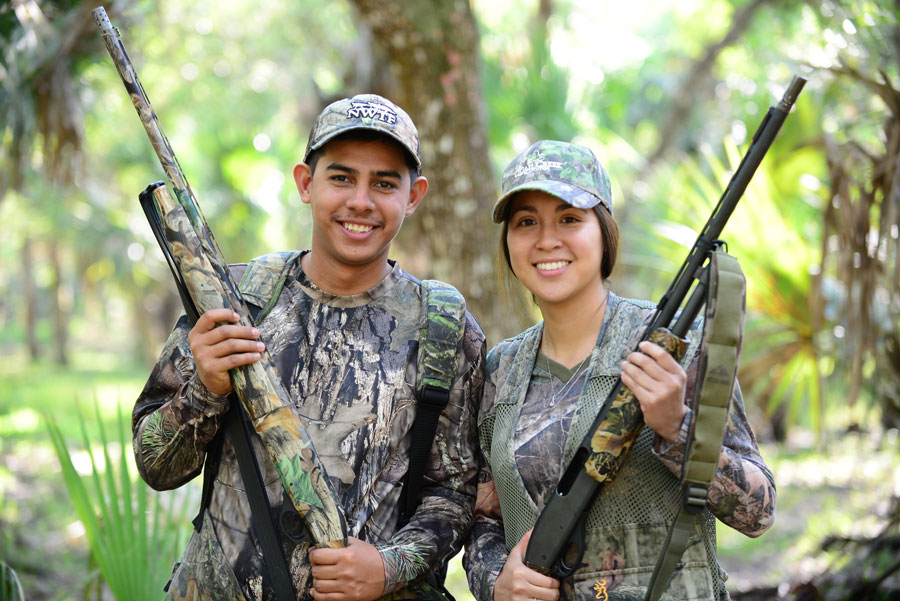
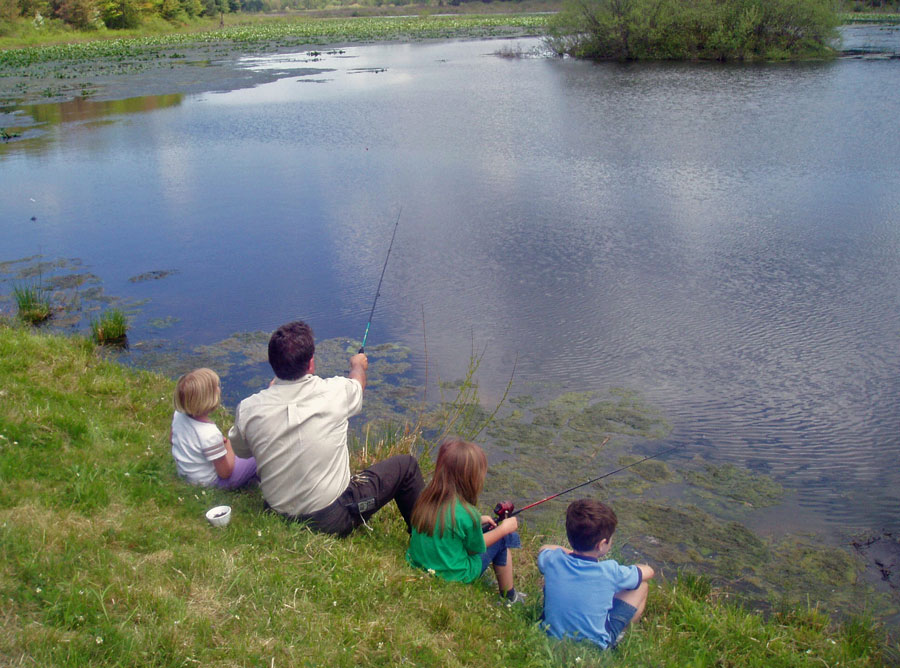
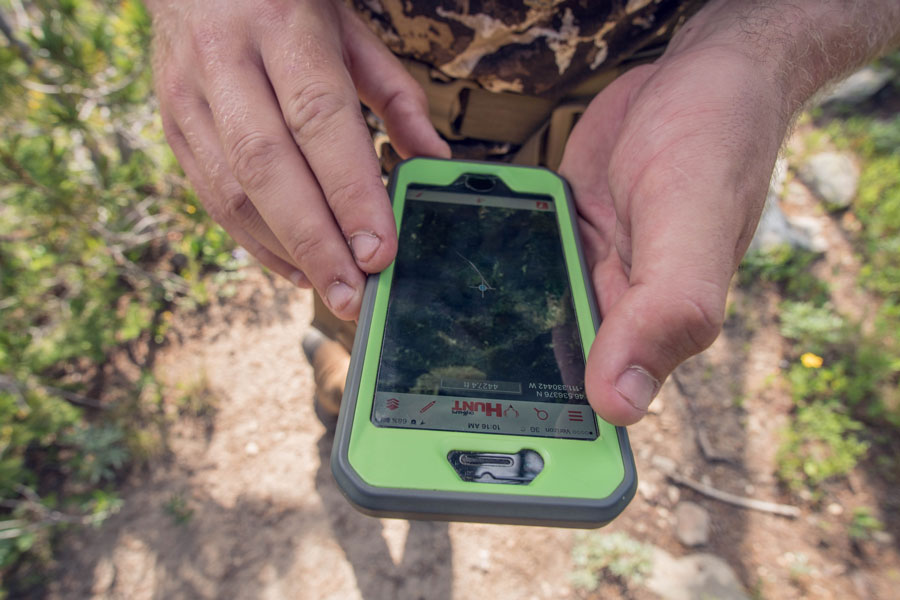
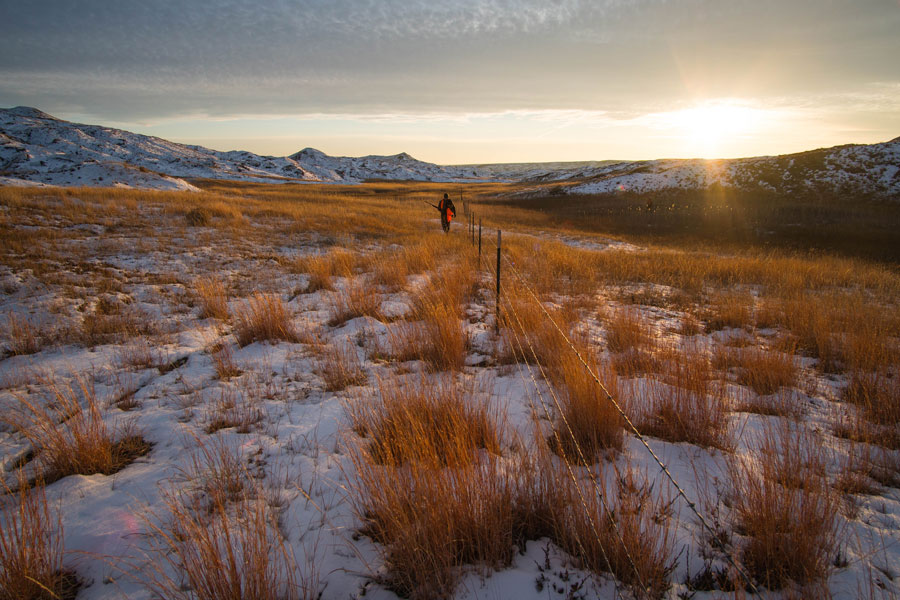





Why is this a ”gain” other than for selfish and short-sighted reasons? Why is this not an a front to time honored and proven conservation strategies? Please explain the reasons for your apparent support of this policy change.
A thing is right when it tends to preserve the integrity, stabililty, and beauty of the biotic community. It is wrong when it tends otherwise. Aldo Leopold.
Not for it. Refuge to me means safety from hunted by man, I’m against any and all hunting in wildlife refuges. This is just turning our wildlife refuges into game reserves. To me, conservation means conserving, protecting – not killing. How about promoting photography of live wildlife in our wildlife refuges?
I have been hunting and fishing for about 60 years. I think it is a bad idea to create too much hunting on National Wildlife Refuges. These areas are very popular with non-hunters who also love wildlife and spending time in places where they can watch wildlife undisturbed. In fact, I enjoy that too. Excessive opening of wildlife refuges may provide a short term “benefit” but at a potentially much higher cost as we would alienate the non-hunting public who will feel displaced. Although they may not hunt or fish, most of these folks support ethical and sustainable hunting and fishing.
Finally, these decisions are best made by the professionals not a bunch of congressmen who don’t actually hunt or fish and are only looking for votes. This is a bad idea.
It seems state of Va was left out, why? We pay taxes and buy licenses also.
The amount of area under change is excessive and poorly planned. Any changes should involve conservation scientists and the public users.
Thanks for commenting, Edward! This is just a proposal right now and is subject to a public comment period. Per the DOI press release, “The notice will be available at regulation.gov Docket Number: FWS-HQ-NWRS-2020-0013, and will include details on how to submit comments.”
I love this, I live in the northwest corner of Montana where we are experiencing wolf kills on our elk and whitetail deer. More land opens up more possibilities for responsibly managed hunting of these species.
The reduction of the natural prey and predator balance is not good….of course Wolves kill Elk and Deer..that is how it was meant to be…The real hunters who lived off the land before the Europeans arrived did not need any “management” It all worked as it was meant to work…
there is no such thing as to much hunting or fishing area. with more area there is less concentration therefore better for everyone. spectators do not pay the bills. Hunting on refuges have fees attached viewing does not. this is a great idea.
Is a wildlife refuge not a place where Widlife is safe…I cannot agree with this Man is reducing Wildlife Worldwide at least give them some place where they can have some peace.
I like the idea of expanded access for public use and hunting, however I am very leery when this administration tampers with designations on federal lands because the objective seems to be opening access for extraction industries (from which Sec Bernhardt came) and private enterprise. We are all public landowners and elections have consequences.
I’m sympathetic to Harvey Nyberg’s concerns. I too spend more time at my state refuges just hiking and knocking around than I do hunting and fishing. But I think the time spans for hunting aren’t that onerous for non-hunters, especially for a few weeks or a month during our relatively short deer seasons. As for other game, like squirrels and woodcock, we squirrel hunters are usually in the woods before first light and I see hardly anyone (none?) in the squirrel woods at dusk. I don’t think fishing is the issue here, do you? I think non-hunter users would hardly even notice fisherpeople, or at least consider them part of the scenery. If necessary, I guess, the Fish and Wildlife people could place a moratorium on deer gun-hunting between mid-morning and late afternoon, although that could get confusing. I think the real issue (this may be what Harvey is responding to) is the bozos wandering around in the woods well after sun-up “plinking” mindlessly disregarding where their high-powered bullets may be ending up.
I sometimes have the feeling that deer season in some places amounts, in some people’s minds, to a free pass to carry a rifle around at all times and to pull the trigger at random “targets” (pets, livestock, road signs, fenceposts, farm buildings) whenever the spirit moves them.
I agree with some of the other commenters that the primary purpose for wildlife refuges is to provide a safe haven for wildlife, fish, and fragile ecosystems and vanishing habitats. Rather than expanding hunting and fishing in these area, I would much rather see TRCP work to expand hunting and fishing access to the millions of acres of National Forest and BLM lands that are currently inaccessible to sportsmen because that are blocked by private landowners who do not allow access to the public lands. This problem is largely the result of the checkerboard pattern of sections of private land alternating with public land that is common in the West. If the only way to access sections of public land is to cross adjacent private land, then the private landowners should be compelled to allow cross-through-only access across their lands by vehicle on established roads, and cross-country by foot, horseback, or non-motorized bicycle in the absence of an existing road, as a pre-condition for being granted a grazing lease or other use on the adjacent public land. We as sportsmen already have hunting and fishing privileges on these federal public lands, we simply need the ability to legally access them to exercise these rights. Solving this access problem is far more important than expanding hunting and fishing to areas not already open to these activities.
This sounds like a good idea but I would like to see this opening of refuge lands revisited in 5 years to reevaluate what effect it has had on the wildlife. For instance Indiana recently allowed using high powered rifles for deer hunting but will review the effects it has not only on the deer herd but also on how it effects safety. In other words don’t make it permanent until we know how it effects the wildlife. Too many times changes are made permanent only to find out they have had a negative long term result.
I agree with Mr Nyberg & Mr Hamby. Isn’t a sanctuary or refuge for safety & protection. Will this then be the door for building cabins and condos too?
I am a hunter and fisherman but I believe the animals need these refuges to be able to live undisturbed that’s why we have Refuges!!! Leave them alone. If you get out there and walk more than 100 yards from the road you will find that there is more game and fish out there than you thought!!!
All fine well and good, but when I contacted the Dept. Of The Interior about the extremely limited public hunting opportunity at Turnbull National Wildlife Refuge, West of Spokane,WA (a one weekend only, youth only waterfowl hunt and very limited and hard to get permit for a short elk hunt), I got passed along to to the Turnbull NWR Manager. She responded that allowing further public for waterfowl and upland game required very detailed consideration. To be honest, she came off as an anti-hunter. With thousands of acres, Turnbull NWR is the closest NWR to Spokane and yet offers the least amount of public hunting of any NWR in Eastern WA.
I share Harvey Nyberg’s concerns. I have been hunting and fishing since I was a child. This seems to be a politically motivated move to me. Is a refuge not what the name implies? Let’s hear from the professionals and move very cautiously on this one. There is potential for irreversible abuse and damage to these refuges ,wildlife, and the undisturbed haven that the refuges represent. I’m 75 yrs old and I think we had best preserve the refuges in undisturbed fashion for the future.
I am concerned about migratory birds. We have a home on Long Beach Island, NJ and the amount of duck that stop and live in our bay are almost nonexistent. I use to see baby ducks get eaten one by one by the seagulls, the last two years there were no baby ducks. They need more protection not more chance to be hunted.
As a former National Wildlife Refuge Manager/Biologist, and somewhat familiar with many of these sites, I don’t think this is as big a deal as it’s made out to be. Most refuges already optimized recreational use, and these additions aren’t very significant from what I can tell. How does elk hunting on a fish hatchery even seem like a benefit, when you aren’t allowed to shoot in the vicinity of buildings and facilities? We were always tasked to create the most opportunity for hunting and fishing and other public recreation, as long as it was consistent with our mission of managing specific wildlife populations. And, keep in mind, “manage” is the key term, not preservation. Managing means balancing multiple uses, but with a priority for the populations that the refuge was established for. My sense is that this new “opening up” is more a political ploy to fire up the hunting and fishing base of this Administration, rather than a real benefit.
I agree with Paul. Although this is some additional access, in the great schemes of things this is a token gesture. Meantime we are defunding USFWS, BLM, and other Federal agencies who are responsible to maintaining access, managing the land and whose conservation officers help hunters when needed. In addition there is the continuing pressure to sell or transfer existing Federal lands. Perhaps with defunded Federal lands, this will be another argument we can’t maintain our public lands and should be disposed of. We need to stand up for a holistic plan and commitment to all public lands and access. BTW there are no wild pheasants in Patoka River National Wildlife Refuge, Indiana.
I have to ask how much TRCP looked into the Leavenworth National Fish Hatchery. Not only is this a small and irregular chunk of land, not only is it surrounded by million dollar vacation homes, not only is one side shared with the quite powerful Bullitt Foundation property (anti-hunting), but the land is bisected by tons of trails and always has a lot of non-hunter users. The decision to allow hunting should not be made from thousands of miles away, but should rest with the Hatchery Manager.
A wildlife refuge is a wildlife refuge for a reason(s). The current administration in Washington has had a deeply troubling approach to our air, land, water, and wildlife. They have not acted in a way to be good stewards of our air, land, water, and wildlife for our children and grandchildren. David Bernhardt, the Secretary of Interior, is a former oil and gas lobbyist. All (with the current administration) is often not what it appears to be.
As a former FWS biologist I know the Refuges and Hatcheries have made a consistent effort to promote and allow fishing and hunting wherever and whenever it is consistent with the species, population levels, habitat and the availability of staff to manage the activity. Over the years the Service budget and staffing levels have been significantly reduced to the point that units have been closed for lack of staff. The refuge system was created to be a refuge where wildlife, particularly migratory birds and endangered species could find refuge, rest, fodder, and all of the elements they require to migrate and reproduce. Allowing more hunting under present staffing levels creates the opportunity for both habitat damage and poaching. For example , look at what happened when the failure to pass a budget caused the government, including the National Park Service and FWS staff to stay home. Vandalism to monuments and refuges. The present “political “management”, has done nothing to support the staff but done a great deal to promote the extractive activities on federal lands. As noted by others the refuges and hatcheries are used by more than hunters and fishermen. The birdwatchers, walkers, schools, and others all use the land. They also form the core of the various Friends of the Refuge that have become essential to keeping the visitors and educational programs going. This administration is not a friend of any part of the environment.
As a hunter and fisherman I am troubled by this action. Although this is some additional access, in the great schemes of things this is a token gesture. Meantime we are defunding USFWS, BLM, and other Federal agencies who are responsible to maintaining access, managing the land and whose conservation officers help hunters when needed. In addition there is the continuing pressure to sell or transfer existing Federal lands. Perhaps with defunded Federal lands, this will be another argument we can’t maintain our public lands and should be disposed of. Sporting conservationists need to stand up for a holistic plan and commitment to all public lands and access.
A wildlife refuge with increased human activity will not provide the refuge our beleaguered wildlife needs. This will be harmful to our natural environment, perhaps the last straw. Leave it WILD!
I have grave misgivings about this. TR started National Wildlife Refuges as REFUGES. I am an avid hunter and
fisherman. Refuges need to stay as refuges. other non hunters and fishermen use these too. This seem like
another bad idea by the idiot trump. Anything to garner votes. Roosevelt was a scientist for his time as much
as a hunter. Context was different even for him but he had the right basic idea. Its not just about Kill,kill, kill.
trump and his minions could care less about ecology or the environment.
the problem Michael with your view is that this is coming from your hatred of Trump. You have every right to do hate him but it makes you very blinded. I would bet that if Obama was doing this you would have different thoughts. I myself have mixed thoughts on this in short words. On one hand Conservation, huntervation, management have come a long way. With the loss of tons of public lands over the years it nice to see some new ground open up. On the other hand. If a “refuge needs to stay a refuge” then it needs to stay a refuge and YOU non-hunter/anglers shouldn’t be a loud in there either….. Let it stay a non disturbed refuge!
opening up refuges to hunting and fishing has absolutely nothing to do with the environment.
I also have a big problem with politicians making these kinds of decisions, especially so these days. I will wait to withhold judgement until I read an opinion on this from The Wildlife Society, primarily made up of biologists.
I think this is great, “I hope there always will be bears to hunt and youthful adventurers to chase them” – most bow hunters will know the author. Of course I expect these refuges will be critically managed, I think most states in the US are doing a good job with wildlife conservation. This is a very complex issue though, has anyone duck hunted in the SE lately? If so, do you think a small, very limited hunter access to a waterfowl refuge would have any negative impact to “the integrity, stability, and beauty” of the duck population? I expect not. I think the modern American hunter is the most passionate Conservationist. -Jason, Worst turkey hunter in Tennessee, circa 2020
Well said
I have hunted and fished and been an active conservation volunteer during my lifetime. I’ve hunted near refuges, mostly around waterfowl hunting. I started at the age of ten in 1946 to hunt waterfowl. My mentoring from the beginning was to respect the resource. The resource always had 1st place in all decisions. Also that the word refuge in our precious national wildlife refuge system took the word refuge seriously. I do not oppose allowing special interest access to the system if based on science and recommended by qualified professional, not political appointees. This release is deep in cheer-leading and short on explaining how these political appointees came to their conclusions. The burden of proof on users is to prove no harm. That concept may have been lost in this cheer-leading by political appointees. Our migratory waterfowl are stressed by hunter pressure that begin in their Northern range in late summer all the way to the end of January. Are we taking the meaning of the word refuge out of our system? Finally the source of this actions gives me great pause. I have yet to find ANY core support for the value of our fish and wildlife or the resources they depend on by this administration. Quite the contrary in fact, abounds and is evident to even the most casual observer.
Dave Zentner Duluth , MN